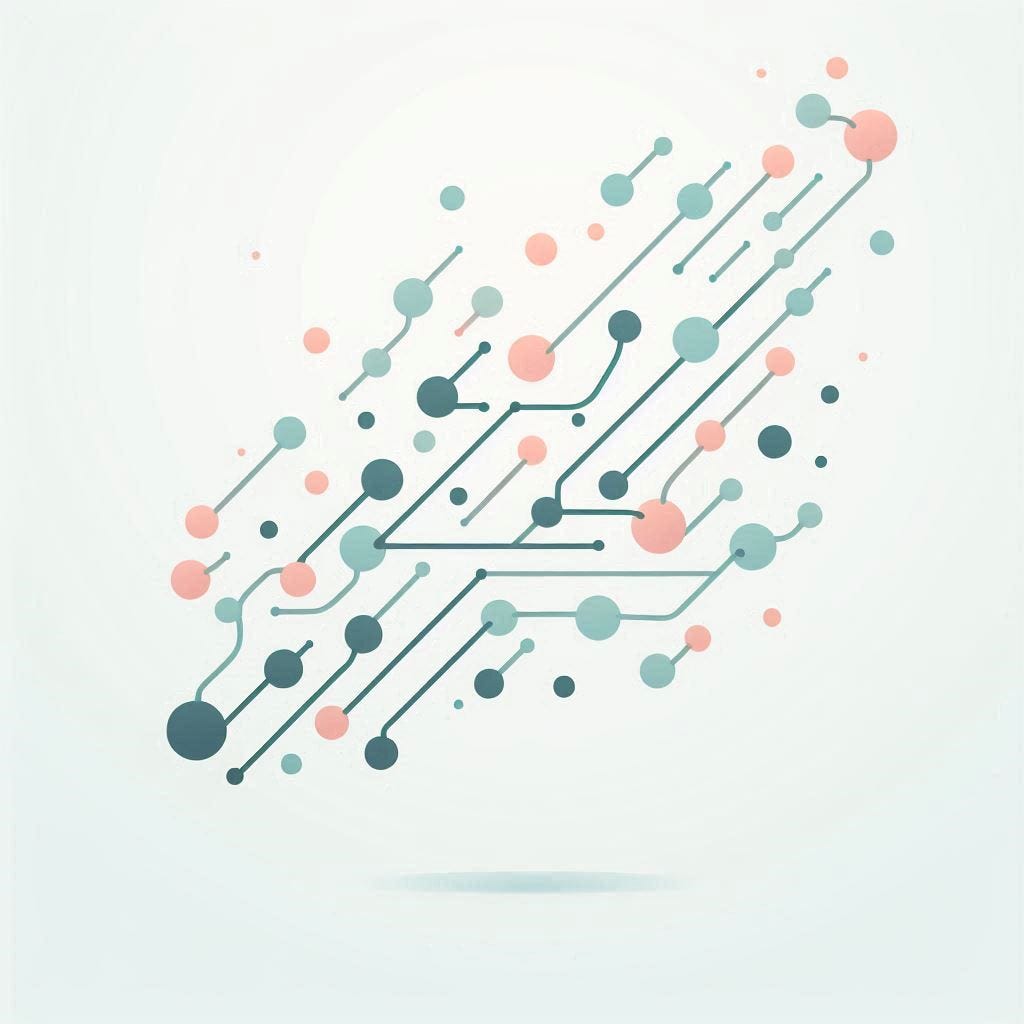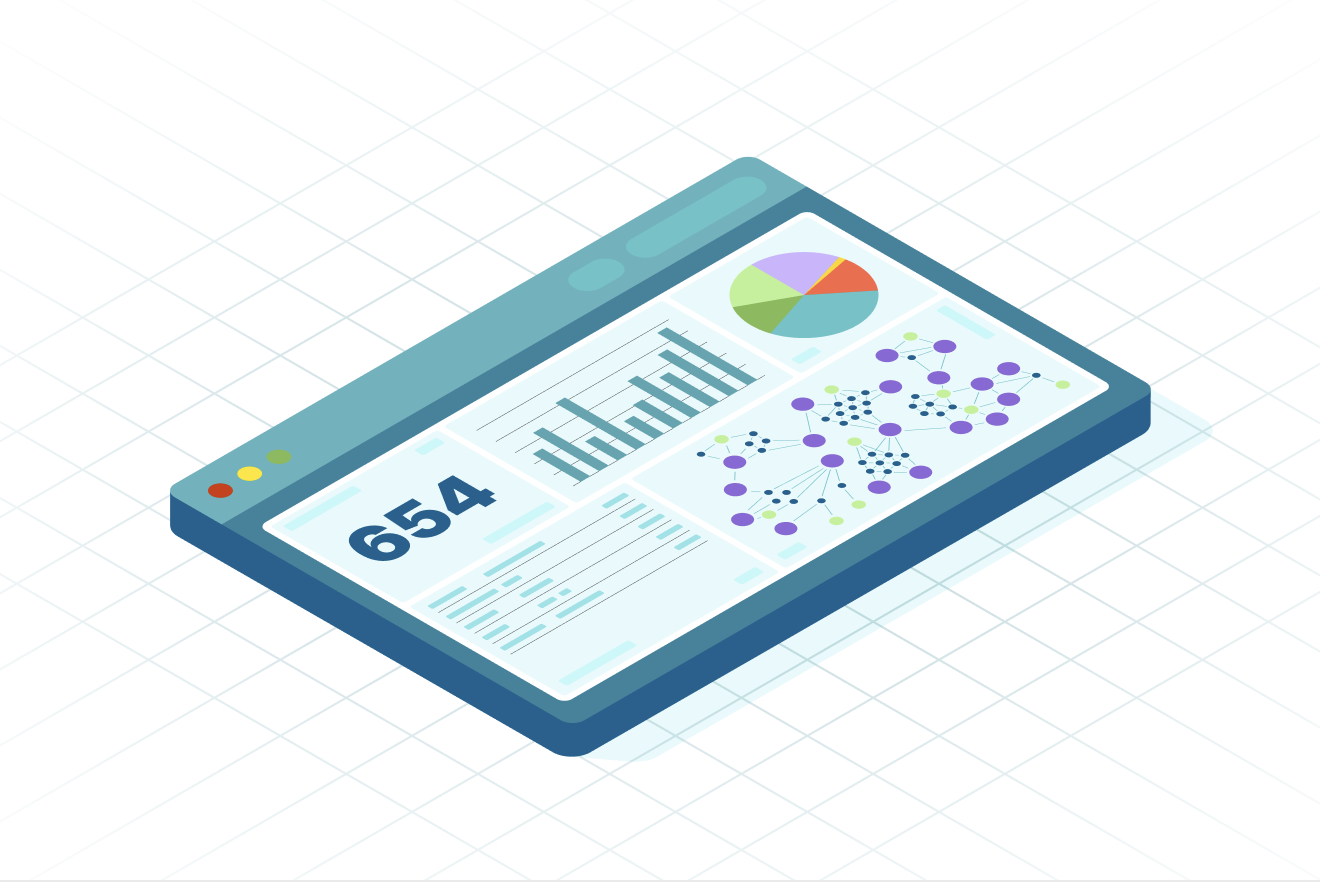Stop Fraud Rings in Their Tracks with Graph Databases [Infographic]

Editor-in-Chief, Neo4j
1 min read

Fraud rings are big business.
First-party bank fraud costs banks (and their customers) over $16 billion each year in the United States, and insurance fraud costs nearly $80 billion annually. And fraud rings organized around ecommerce fraud rack up nearly $4 billion in fraudulent charges each year in the U.S.
As a result of these staggering figures, it’s clear that fraud detection is a high stakes game.
Traditional fraud analytics look at discrete, isolated incidents but typically overlook fraud ring activity that appears normal on the surface.
So how can fraud detection experts catch today’s highly sophisticated and organized fraud rings? With the power of graph databases like Neo4j.
Check out this infographic below to discover how graph databases help enterprises and governments detect – and prevent – fraud ring behaviors in real time.
Like this infographic? Share it with your network on Twitter, LinkedIn or Facebook.
Learn how to harness the power of graph databases for real-time fraud detection with this white paper, Fraud Detection: Discovering Connections with Graph Databases.









